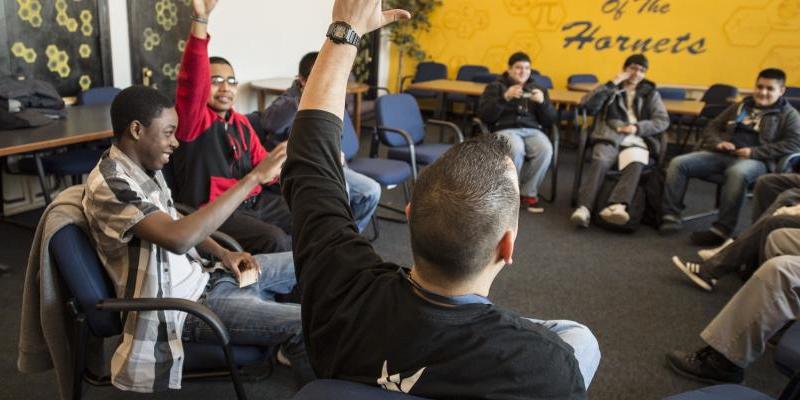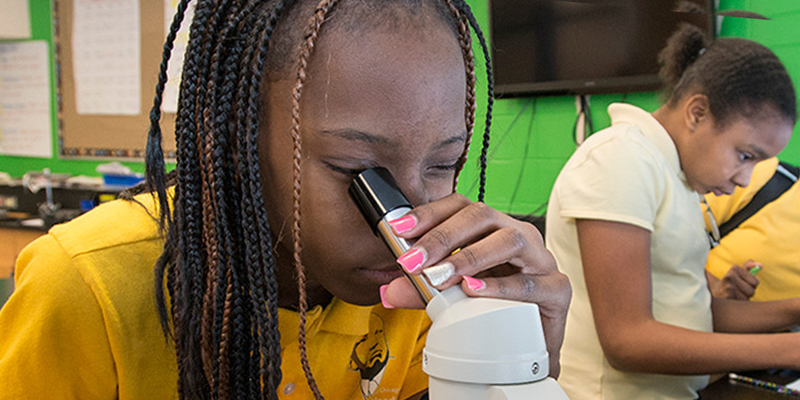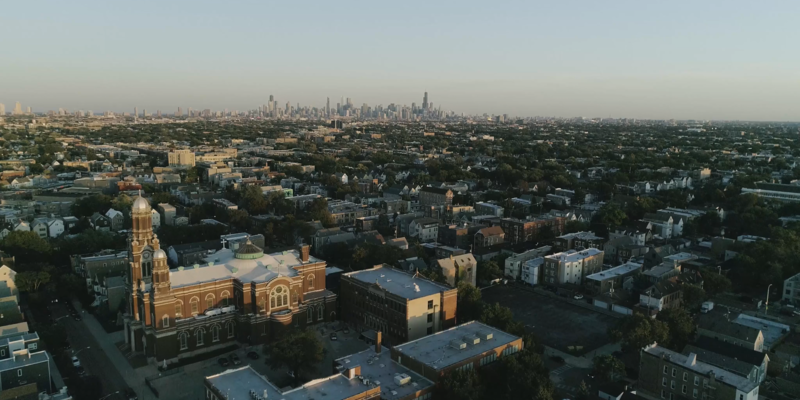Crime Lab Police Workforce Allocation Model
The allocation of police department resources in most US cities is based on the desires and intuition of key decision-makers and often winds up being highly political and unequal. This opaque and ad-hoc process can also be slow to reallocate resources in response to changes in community needs, localized crime spikes, or changing incident patterns. Too often, officers aren’t available when and where they’re most urgently needed. This inequitable distribution has real consequences, as we can see in our own home city of Chicago. In some areas of the city, residents receive rapid responses to both emergency and non-emergency 911 calls; in other areas, there are no officers available to respond for hours to 911 calls, sometimes even for violent incidents like robberies or shootings. These discrepancies also undermine officer morale as some officers are consistently overworked while others are underutilized.
To improve efficiency, equity, and transparency in patrol staffing, the University of Chicago Crime Lab developed a data-driven approach to re-deploy officers to the busiest parts of the city. By allocating additional officers to areas of the city that are struggling to adequately respond to calls for service, we aim to reduce the overall imbalance in 911 responses across Chicago neighborhoods.
To learn more about our approach, click on the following summary.
Workforce Allocation Summary




